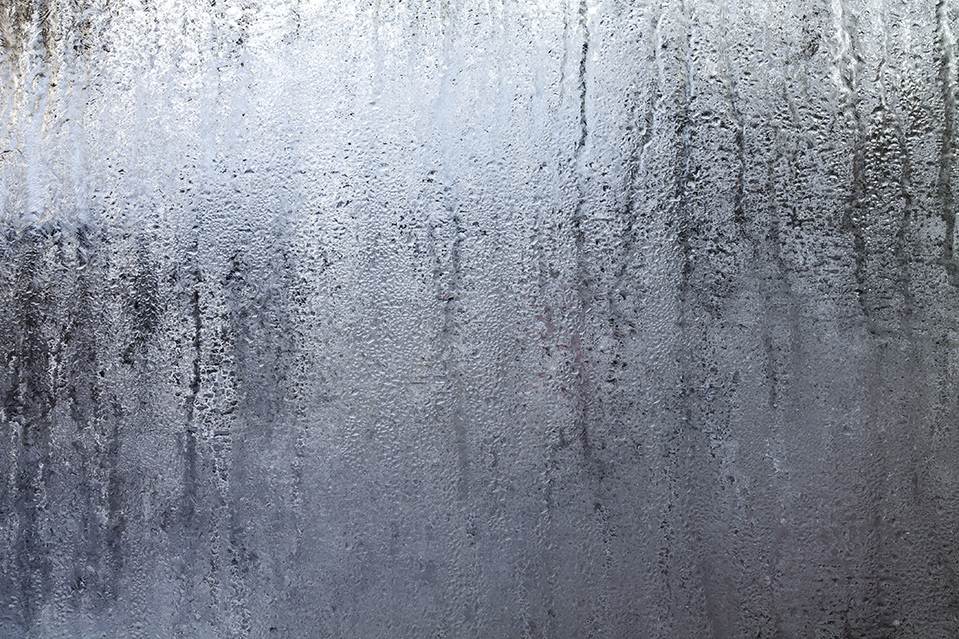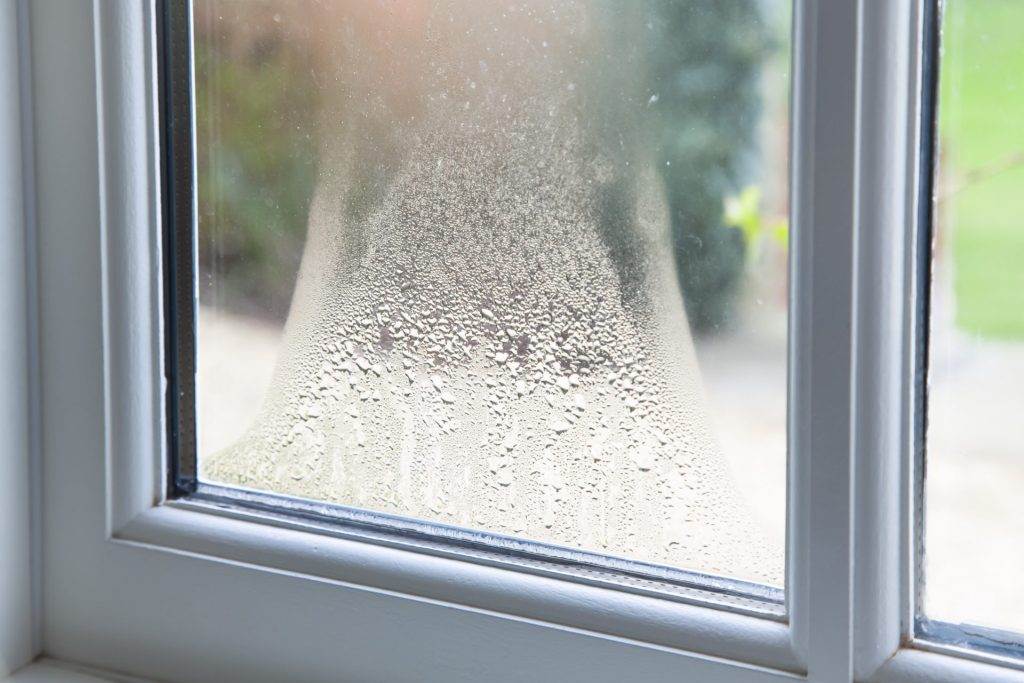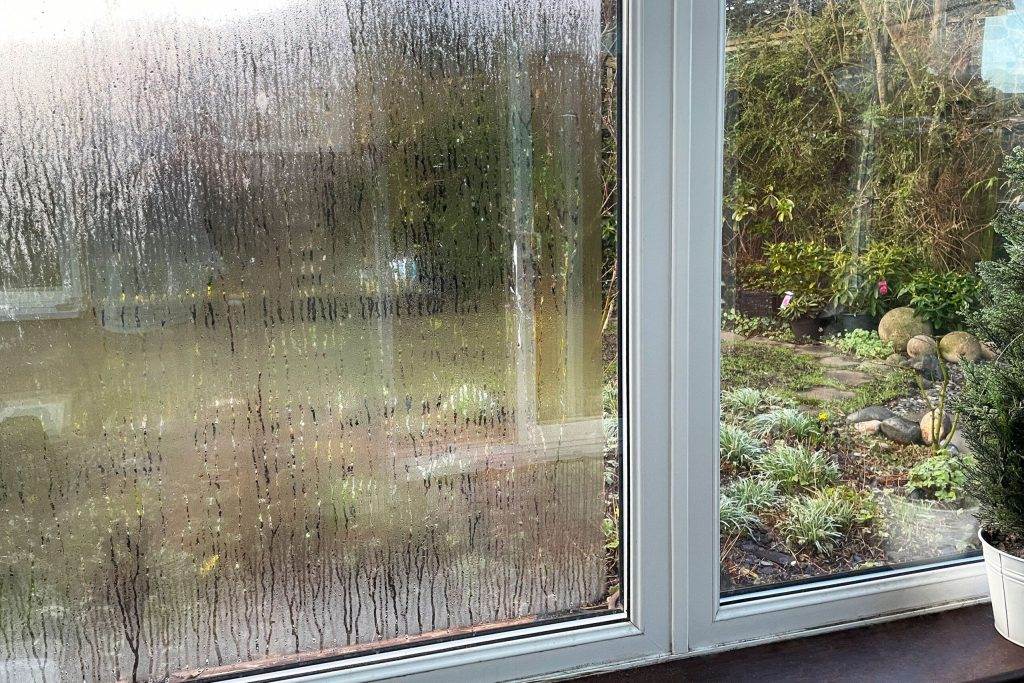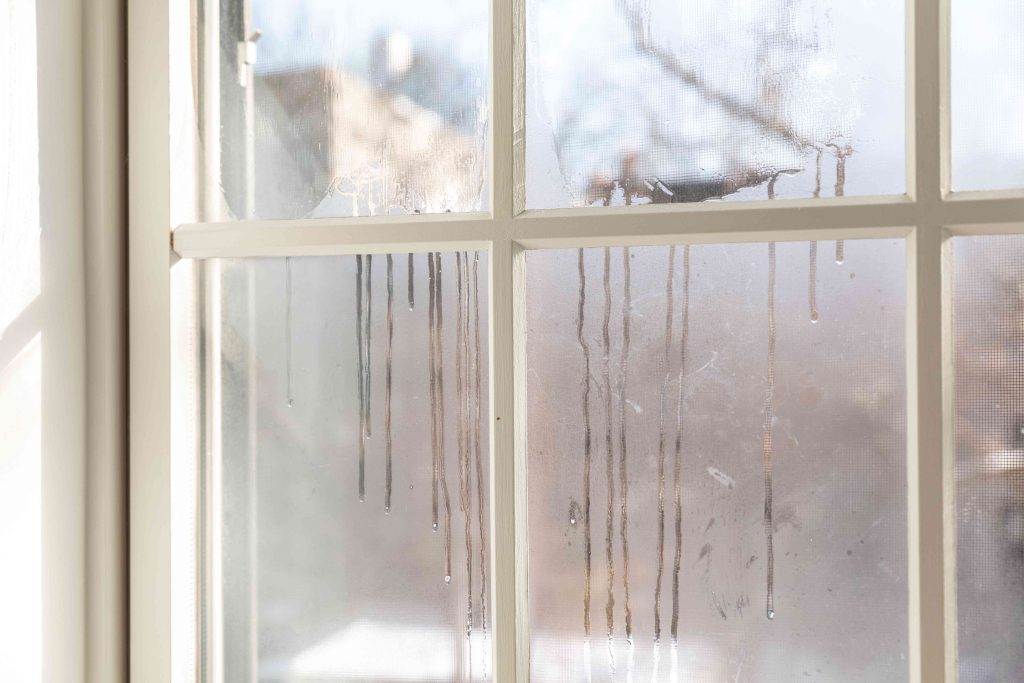So you’ve recently installed impact windows and want to ensure they stay in top condition for years to come. Maintaining and cleaning impact windows is a relatively simple task that requires a little bit of time and effort. In this article, you’ll discover some essential tips and tricks to keep your impact windows looking pristine and functioning efficiently. From using the right cleaning solutions to regularly inspecting for any signs of damage, we’ve got you covered. Let’s dive in and learn how to keep those impact windows sparkling clean
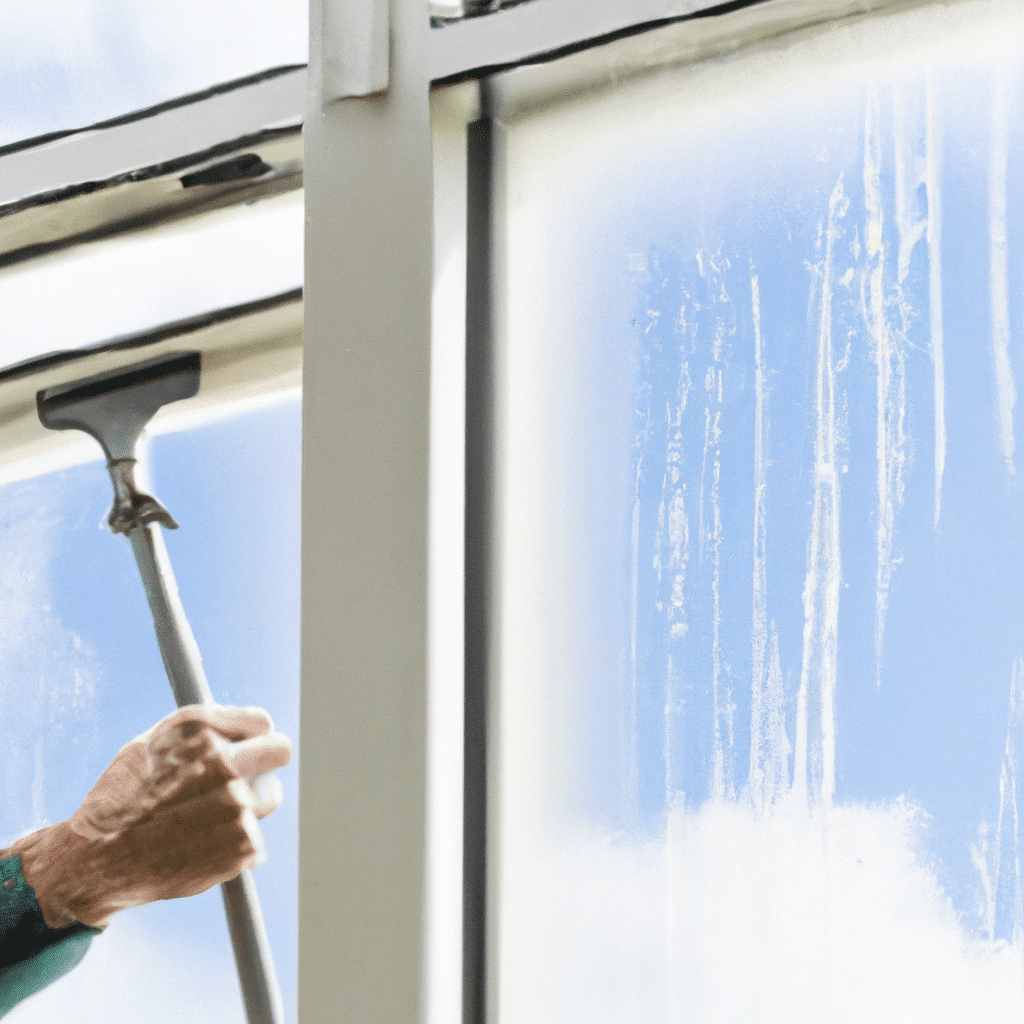
Regular Maintenance
Regular maintenance is essential to ensure the longevity and optimal performance of your impact windows. By following a routine maintenance schedule, you can identify any potential issues before they become major problems. This section will guide you through the steps needed to properly inspect and clean your impact windows.
Inspecting for Damage
Regularly inspecting your impact windows for any signs of damage is crucial. Look for cracks or chips in the glass, as well as any gaps or warping in the window frames. Additionally, check the hardware, such as hinges and latches, to ensure they are secure and functioning properly. By identifying and addressing any damage early on, you can prevent further deterioration and potential safety hazards.
Cleaning the Frame and Hardware
Keeping the window frames and hardware clean is important not only for aesthetic purposes but also for the overall functionality of your impact windows. Begin by gently removing any loose dirt or debris from the frame and hardware using a soft brush or cloth. Then, use a mild detergent mixed with water to clean the surfaces. Avoid using harsh chemicals or abrasive materials, as they can damage the finish. Rinse the frames and hardware thoroughly with clean water and dry them with a soft cloth to prevent water spots.
Check and Clean the Weatherstripping
The weatherstripping plays a vital role in preventing drafts and ensuring energy efficiency. Inspect the weatherstripping around your impact windows regularly to ensure it is intact and properly sealed. Clean the weatherstripping by gently wiping it with a damp cloth to remove any dirt or debris. If you notice any damage or signs of wear, consider replacing the weatherstripping to maintain optimal performance and energy efficiency.
Cleaning the Glass
Maintaining clean and clear glass not only enhances the appearance of your impact windows but also improves the view and allows natural light to illuminate your space. This section will guide you through the process of cleaning the glass of your impact windows effectively.
Gathering the Supplies
Before you begin cleaning the glass, gather all the necessary supplies. These may include a bucket, mild detergent, a soft cloth or sponge, a squeegee, and lint-free towels. Having everything you need within reach will make the cleaning process more efficient.
Removing Dust and Debris
Start by removing any dust or loose debris from the glass surface. Use a soft brush or cloth to gently sweep away the particles. This step is important to prevent scratching the glass when you start cleaning it.
Using Water and Mild Detergent
Fill a bucket with warm water and add a small amount of mild detergent. Dip the soft cloth or sponge into the soapy water and gently scrub the glass, paying attention to any stubborn stains or spots. Avoid applying excessive pressure, as this can potentially damage the glass.
Avoiding Harsh Chemicals and Abrasives
When cleaning impact windows, it’s crucial to avoid using harsh chemicals or abrasive cleaners. These substances can cause damage to the glass or the protective film on the impact windows. Stick to mild detergent or glass cleaners specifically designed for impact windows to ensure the longevity and integrity of the glass.
Cleaning the Exterior
To clean the exterior side of the glass, you may need to use a ladder or other safe means to reach higher windows. Follow the same steps as cleaning the interior, ensuring that you use a ladder or equipment that provides stability and safety.
Cleaning the Interior
Cleaning the interior side of the glass is relatively straightforward. Simply follow the steps mentioned earlier, but be cautious of any furniture or obstacles that may be in proximity to the windows. Take care to protect the surrounding areas by using drop cloths or towels.

Cleaning and Maintaining Window Screens
Window screens play a crucial role in keeping bugs and debris out while allowing fresh air to flow in. It’s important to clean and maintain them regularly to ensure their effectiveness.
Removing and Cleaning the Screens
Start by removing the window screens carefully. Some screens may have detachable clips or screws, while others may require a gentle push to release them. Lay the screens flat on a clean surface, such as a patio or driveway, and use a soft brush or cloth to remove any loose debris. Gently scrub the screens using a mild detergent and water solution, ensuring that both sides are thoroughly cleaned.
Inspecting for Damage
While cleaning the window screens, take the opportunity to inspect them for any signs of damage. Check for holes, tears, or loose mesh. If any damage is found, consider repairing the screens or contacting a professional for assistance.
Replacing Damaged Screens
In the event that your window screens are beyond repair, it’s essential to replace them promptly. Measure the dimensions of the screens accurately before purchasing replacements to ensure a proper fit. Most hardware stores or window suppliers offer a variety of screen options to choose from.
Handling Stubborn Stains and Dirt
Occasionally, you may encounter stubborn stains or dirt on your impact windows that require additional attention. This section will provide guidance on how to address these situations effectively.
Removing Stubborn Stains
For stubborn stains on the glass, such as bird droppings or tree sap, apply a mixture of warm water and mild detergent directly to the affected area. Allow the solution to sit for a few minutes, then gently scrub the stain with a soft cloth or sponge. Rinse the area thoroughly with clean water and dry it with a lint-free towel.
Cleaning Hard Water Deposits
Hard water deposits, often caused by minerals in the water, can leave unsightly stains on your impact windows. To remove these deposits, mix equal parts water and vinegar in a spray bottle. Spray the solution onto the affected areas and let it sit for a few minutes. Gently scrub the stains with a soft brush or sponge, then rinse the glass with clean water and dry it thoroughly.
Removing Paint or Adhesive Residue
If you accidentally get paint or adhesive on your impact windows, it’s important to address it promptly. Start by gently scraping off any excess paint or adhesive using a plastic scraper or a credit card. Apply a small amount of rubbing alcohol or adhesive remover to a soft cloth and gently rub the residue until it is fully removed. Take care not to use excessive force, as it may damage the glass or the protective coating.
Preventing Damage and Wear
While regular maintenance and cleaning are essential, there are also preventive measures you can take to minimize damage and wear on your impact windows. By following these tips, you can prolong the lifespan of your windows and ensure their optimal performance.
Avoiding Impact or Excessive Pressure
Avoid slamming or forcefully shutting your impact windows, as this can cause damage. Handle them with care and ensure they close securely without excessive pressure.
Keeping Window Tracks Clean and Lubricated
Regularly clean the window tracks to remove any dirt, debris, or dust that may impede the smooth operation of the windows. Additionally, lubricate the tracks with a silicone-based lubricant to ensure the windows slide open and close effortlessly.
Avoiding Excessive Heat or Cold Exposure
Extreme temperature variations can have damaging effects on impact windows. Avoid exposing your windows to excessive heat or cold, such as placing hot objects directly against the glass or allowing freezing conditions to persist for extended periods. These precautions will help maintain the integrity of the glass and prevent potential cracking or warping.
Maintaining Proper Caulking and Seals
Inspect the caulking and seals around your impact windows regularly. Look for any cracks or gaps that could allow water or air infiltration. If you notice any issues, promptly re-caulk or replace the seals to maintain proper insulation and prevent potential water damage.
Trimming Nearby Vegetation
Overgrown vegetation, such as tree branches or shrubs, can scratch or damage your impact windows during strong winds or storms. Trim any nearby vegetation regularly to prevent contact with the windows, reducing the risk of damage.
Dealing with Smaller Repairs
While impact windows are designed to withstand significant force, minor damages can still occur. This section will guide you through some common repairs you can undertake to address minor issues.
Fixing Minor Scratches
For minor scratches on the glass, you can try using a glass polishing compound. Apply a small amount of the compound to a microfiber cloth and gently rub it onto the scratched area in a circular motion. Continue this process until the scratch becomes less visible. Rinse the glass with clean water and dry it thoroughly.
Repairing Chips or Cracks
Chips or cracks in the glass of your impact windows should be addressed promptly to prevent further damage. Contact a professional window repair company to assess the extent of the damage and determine the best course of action. They may be able to repair small chips or cracks, but in some cases, replacement may be necessary.
Replacing Worn-out or Damaged Hardware
Inspect the hardware, such as hinges, latches, and handles, regularly to ensure they are in good condition. If you notice any signs of wear, such as rust, looseness, or difficulty in operation, consider replacing the hardware. Contact the manufacturer or a professional window contractor for assistance in finding suitable replacements.
Professional Maintenance and Repair
While regular maintenance can go a long way in preserving the performance of your impact windows, it’s also recommended to schedule professional inspections and consider professional repairs when needed.
Scheduling Regular Professional Inspections
Professional inspections by experienced window experts can help identify any hidden issues or potential problems with your impact windows. Schedule regular inspections to ensure your windows are in excellent condition and receive any necessary maintenance or repairs.
Sealing or Replacing Leaking Windows
If you notice any signs of water infiltration or drafts around your impact windows, it’s essential to address them promptly. Leaking windows can lead to water damage and compromise the structural integrity of your home. Contact a professional window contractor to identify the source of the problem and make the necessary repairs, whether it’s resealing or replacing the affected windows.
Addressing More Serious Damage
In the event of severe damage to your impact windows, such as significant cracks or shattered glass, it’s crucial to contact a professional for immediate assistance. They will assess the situation and recommend the appropriate repair or replacement options to ensure the safety and security of your home.
Conclusion
Maintaining and cleaning your impact windows is essential for their longevity, functionality, and visual appeal. By following a regular maintenance routine, inspecting for damage, and properly cleaning the glass, frame, and hardware, you can keep your windows in optimal condition. Additionally, taking preventive measures, addressing smaller repairs, and considering professional maintenance and repair when necessary will help extend the lifespan of your impact windows. With proper care, your impact windows will continue to provide protection and enhance the comfort of your home for years to come.

